The way that you maintain your yard and proper selection of plants for landscaping can help protect water quality and conserve water.
Native plants save time and money
Native plants are hardy, less susceptible to pests and diseases and unlikely to escape and become invasive. With properly selected native plants, it may not be necessary to modify soil characteristics at all to have thriving gardens. The great variety of native plants give gardeners options that work well in any type of garden design. Because maintaining native plants requires less work and less water, they provide excellent choices for large commercial landscapes as well as residential gardens. The Lady Bird Johnson Wildflower Center has an excellent database of Texas natives.
Grasscycling is easy, free, and you may already being doing it
Grasscycling is the natural recycling of grass by leaving clippings on the lawn when mowing. Grass clippings will quickly decompose, returning valuable nutrients to the soil. Grasscycling saves time, money, and protects the environment. Mowing time is reduced since the bagging and disposal of clippings is eliminated. Grass clippings add beneficial organic matter to the soil, which provides free fertilizer and produces healthy, green lawns. Grasscycling reduces turf grass fertilizer and water requirements, which can minimize runoff entering storm drains and help conserve water. Additionally, raising the mowing height in the summer encourages deeper roots and protects grass from drought and heat damage. Grasscycling also reduces the amount of yard waste disposed in landfills. Research has shown that lawns can generate approximately 300 pounds of grass clippings per 1,000 square feet annually. This can be as much as 6 1/2 tons per acre each year.
Avoid weed and feed products
Atrazine, the weed killer most commonly found in many of the popular weed and feed products, is showing up in monitoring sites nationwide.
• Spreading weed killer over the entire lawn is rarely necessary
• Combined products are not the solution – the best time to treat weeds is usually not the best time to fertilize
• Some lawn weed killers can stress and damage turf if applied during warm weather
• Using an herbicide over the entire lawn can harm nearby trees
• Chemicals can be tracked into the house
Do you need fertilizer?
The best way to determine whether your lawn requires additional plant nutrients is to have the soil tested. Soil tests determine the amount of nutrients that are available in the soil for plant use.
Soil tests are easy and inexpensive. Forms and instructions are available through your county extension office or on the Texas A&M Soil Testing Laboratory’s website.
If you have not had a soil test, AgriLife recommends to apply a fertilizer that is 4 to 6 parts nitrogen, 1 part phosphorus and 2 to 4 parts potassium. A 16-4-8 fertilizer analysis would fall within this range with a 4-1-2 ratio of these nutrients.
Texas lawns usually need a low rate of nitrogen applied once in the spring and, if needed, once again in the fall no later than 6 weeks before the expected first frost. It’s best to split the fertilizer into two smaller applications rather than make one heavy application.
Avoid applying any fertilizer to areas without grass—such as driveways, roads or bare soil—because it is then prone to run off into storm drains and then to local creeks.


